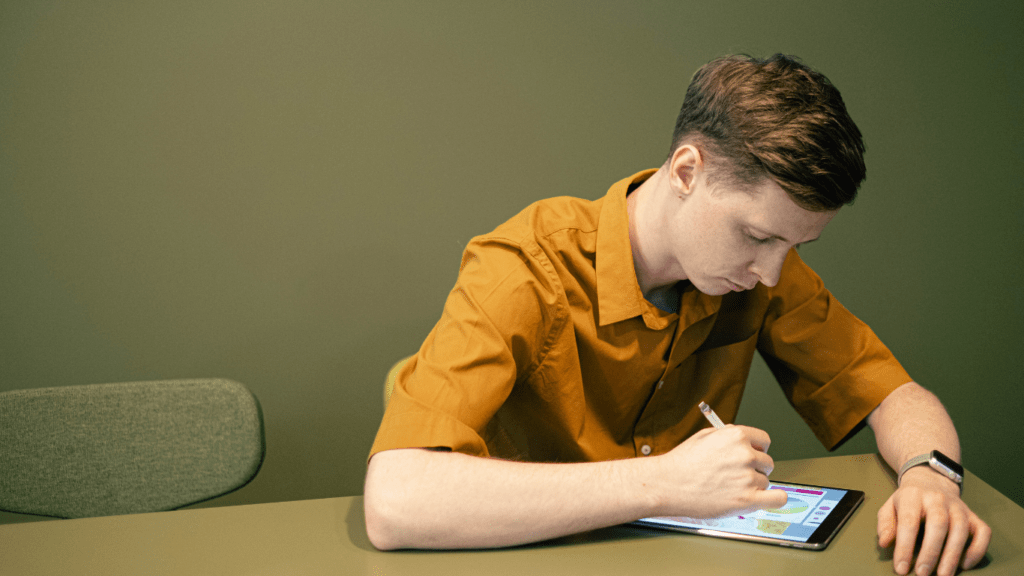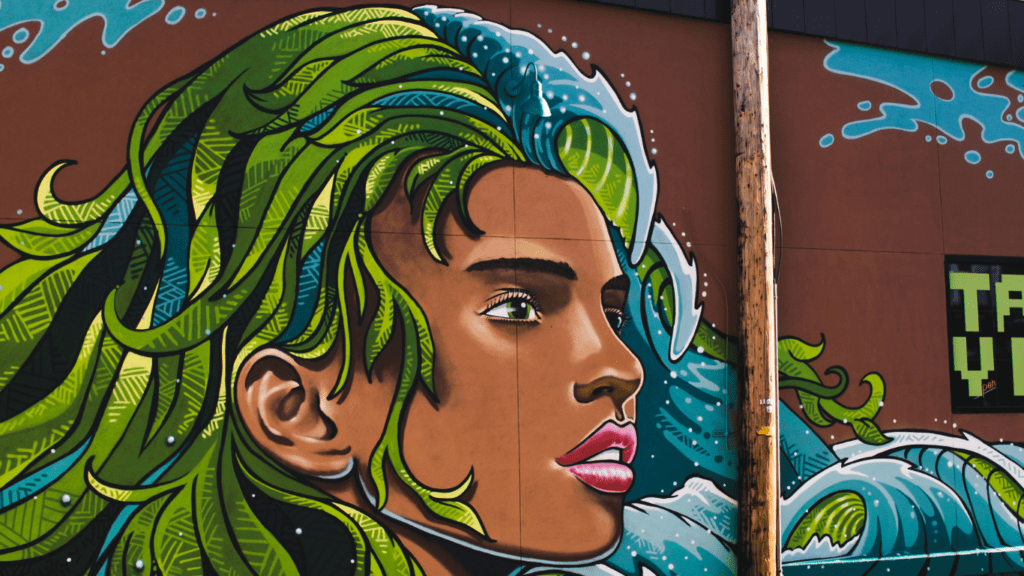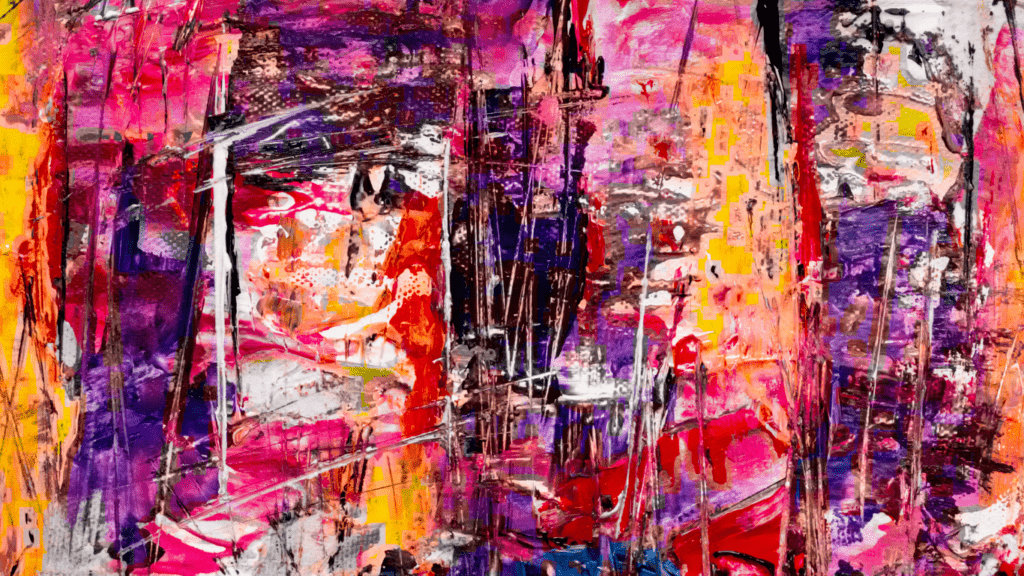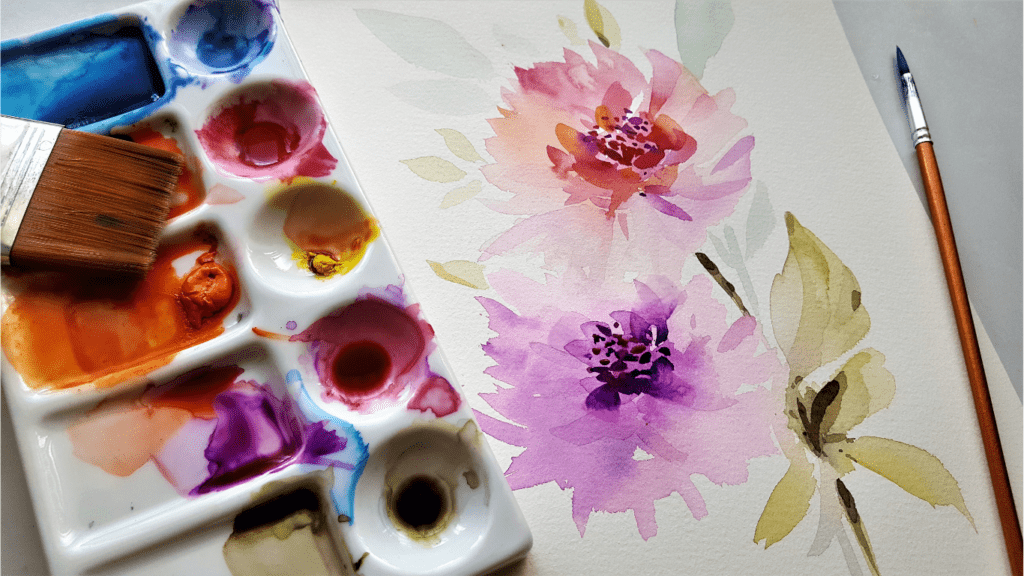Augmented Reality: Bringing Digital Art to Life – The Future of Immersive Art Experiences
Understanding Augmented Reality Augmented Reality (AR) enhances the real world by overlaying digital content onto physical surroundings. Users experience this through devices like smartphones and AR glasses which project virtual elements onto real-world views. AR applications span various sectors including […]










